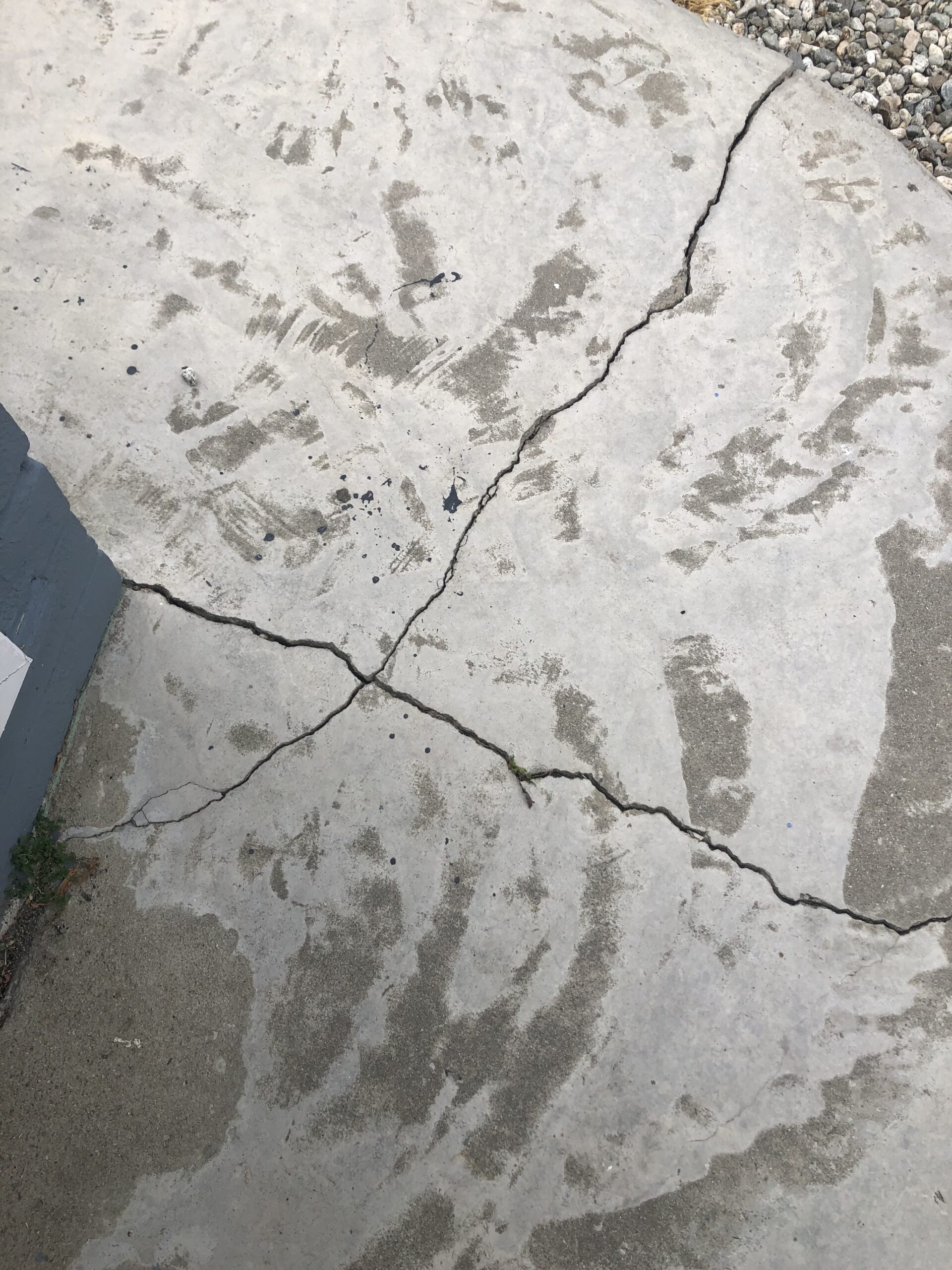Will My Concrete Crack In The Warm Florida Weather?

The Florida heat can be a major inconvenience if you’re looking to build a concrete structure. Although you can keep up with the Florida heat, it’s a different thing when it comes to your concrete. Before you can get into how to protect and preserve your concrete in the Florida heat, let us first try to understand the power of heat and how to control it. This will end the uncontrollable times of shrinkage and cracks.
Effects Of Temperature On Concrete
Concrete is typically set as cement hydrates. If we are to consider this, hydration typically means that it generates heat. We can also say that this type of reaction would typically go faster when the concrete is hot. If we are to take all these factors into consideration, then the fact is that the air temperature isn’t really the main concern with the concrete’s strength but the concrete temperature.
Concrete Problems That Can Come With Hot Weather
Slump Loss
Typically, when concrete installation is done in places with hot weather such as Florida, more mixing water may be needed. In addition, this can also contribute to lower strengths of the concrete, and in integrally colored concrete, can lead to variations in water content which can result in significant differences in concrete color between adjacent pours. Naturally, professionals would know how to deal with these and properly modify your pores, but you yourself can also choose a better solution to modify your very own concrete mix.
Thermal Differentials
Cracks can also be the result of the hot, dry subgrades and formwork since it absorbs water from the mix. As the name suggests, this pretty much means that the temperatures on different parts of the concrete are different. It could be that one part of the concrete mass is warmer compared to the other. Naturally, larger differentials mean a higher possibility of cracks. This thermal differential could be 20 degrees Fahrenheit or higher. This problem is more commonly seen on mass concrete when the concrete structure is 18 inches or thicker.
Evaporation
Having the surface dry up can also be a huge potential problem but do keep in mind that this one comes with a caveat. You can expect the concrete to dry and have some surface shrinkage when the concrete is warm and the sun is shining and there is a hot dry wind across the concrete.
Now, you may be wondering, does the possibility of plastic shrinkage cracking increase when the weather is warm? People would naturally assume yes, but some would also say that if the concrete is cooler than the air, about 18 degrees Fahrenheit or more then the chances are that water will be condensing on the surface rather than the surface drying out.
The actual problem with drying would be when the air is cooler than the concrete. This means that getting the concrete cool would make it fine. Of course, this is not to say that hot weather can’t cause increased cracking and plastic shrinkage cracking, because it can if the concrete temperature is high and the humidity is low.